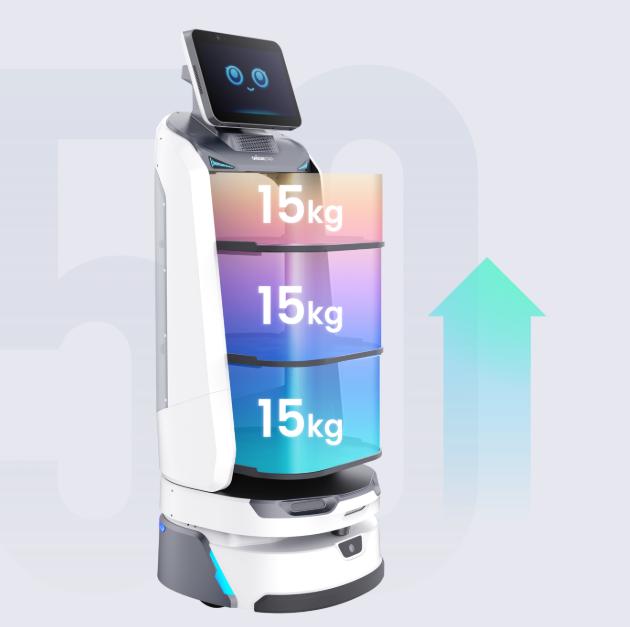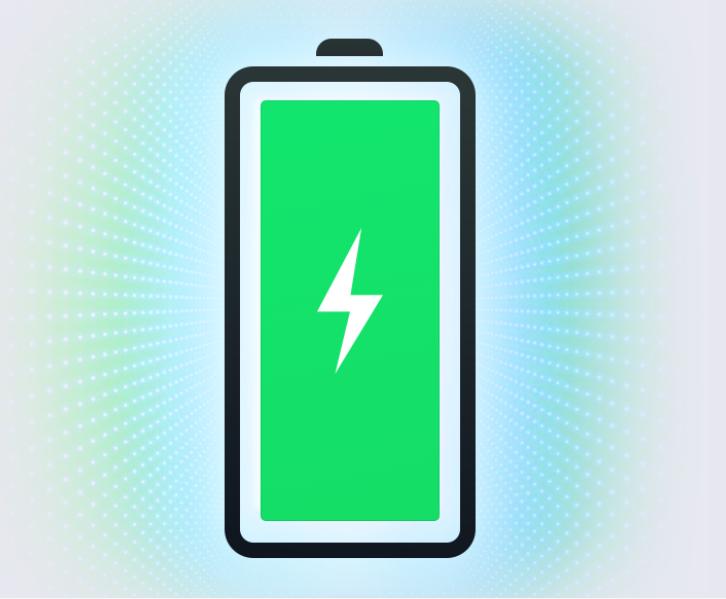
With the restaurant industry increasingly leaning into automation, robot waiters are quickly becoming a compelling option for modern eateries. These intelligent machines can streamline service, boost efficiency, and add a futuristic edge to the dining experience. But not all robot waiters are created equal. Choosing the right one depends on many factors like your restaurant’s size, style, and specific operational needs. In this article, let’s learn some key things you should know if you're considering integrating robotic service.

Key Factors to Consider When Choosing the Best Robot Waiter
Here are essential points to evaluate before selecting a robot waiter that fits your restaurant’s needs and goals.
Navigation Technology and Layout Compatibility
One of the first things to consider is how well a robot can navigate your restaurant’s layout. Look for models equipped with advanced navigation systems like visual SLAM, LIDAR, or 3D depth sensors. These features allow the robot to move smoothly around tight corners, avoid obstacles, and adapt to dynamic environments. For compact or high-traffic dining areas, a robot with precise, real-time path planning is essential to avoid disruptions and ensure consistent service.
Delivery Capacity and Tray Customization
Robot waiters come in a variety of sizes and capacities. Some models, like the OrienStar's LukiBot Pro, offer multi-tiered trays that can carry six to eight dishes at once, while others are designed for lighter, quicker deliveries. If your restaurant serves multi-course meals or handles large group orders, opt for a robot with adjustable trays and high weight capacity. This ensures fewer trips, faster service, and improved table turnover, particularly during peak hours.
Battery Life and Charging Options
In a busy restaurant, downtime is not an option. Evaluate how long a robot can operate on a single charge—ideally 12 to 16 hours—and how quickly it can recharge. Some advanced models support auto-docking stations, allowing for convenient recharging during off-peak hours. Long battery life means you won’t need to pull a robot off the floor mid-service, keeping your operations running without interruptions.

Interactive Features and Customer Engagement
A robot waiter can do more than just deliver food—it can become part of the customer experience. Some models offer HD displays, voice interaction, and facial recognition to greet and guide guests. These interactive features not only entertain diners but also promote your brand and create shareable moments that drive social media attention. If you prefer building a robot waiter restaurant for sale that values memorable dining experiences, choose a model designed with guest interaction in mind.
Integration with Existing Systems
For seamless service, the robot should easily integrate with your restaurant’s current tech ecosystem. Look for options that are compatible with your POS, ordering systems, and digital menus. Integration ensures that the robot can be part of a streamlined workflow, from receiving an order to delivering it to the right table. This reduces manual intervention and enhances overall efficiency.
Support, Maintenance, and Training
Even the most advanced robot waiter needs maintenance and occasional troubleshooting. Choose a vendor that provides strong after-sales support, including remote diagnostics, software updates, and quick-response technical assistance. Onboarding and training for your staff should also be included, so they can efficiently manage and interact with the robot without disruption to service.
Scalability and Customization
Finally, think about the future. As your business grows, your service technology should be able to grow with it. Choose robot waiters with modular designs and flexible software that can be customized for new layouts, menu changes, or branding upgrades. Robots that support Android development and offer an SDK allow for deeper customization and adaptability across different restaurant formats.
Conclusion
Investing in a robot waiter can be a game-changer for your restaurant—but only if you choose the right one. By carefully assessing your layout, capacity needs, guest expectations, and tech ecosystem, you can find a robotic solution that fits your business perfectly. From increasing efficiency to elevating the dining experience, the right robot waiter can offer long-term value and help you stand out in a competitive food service landscape.